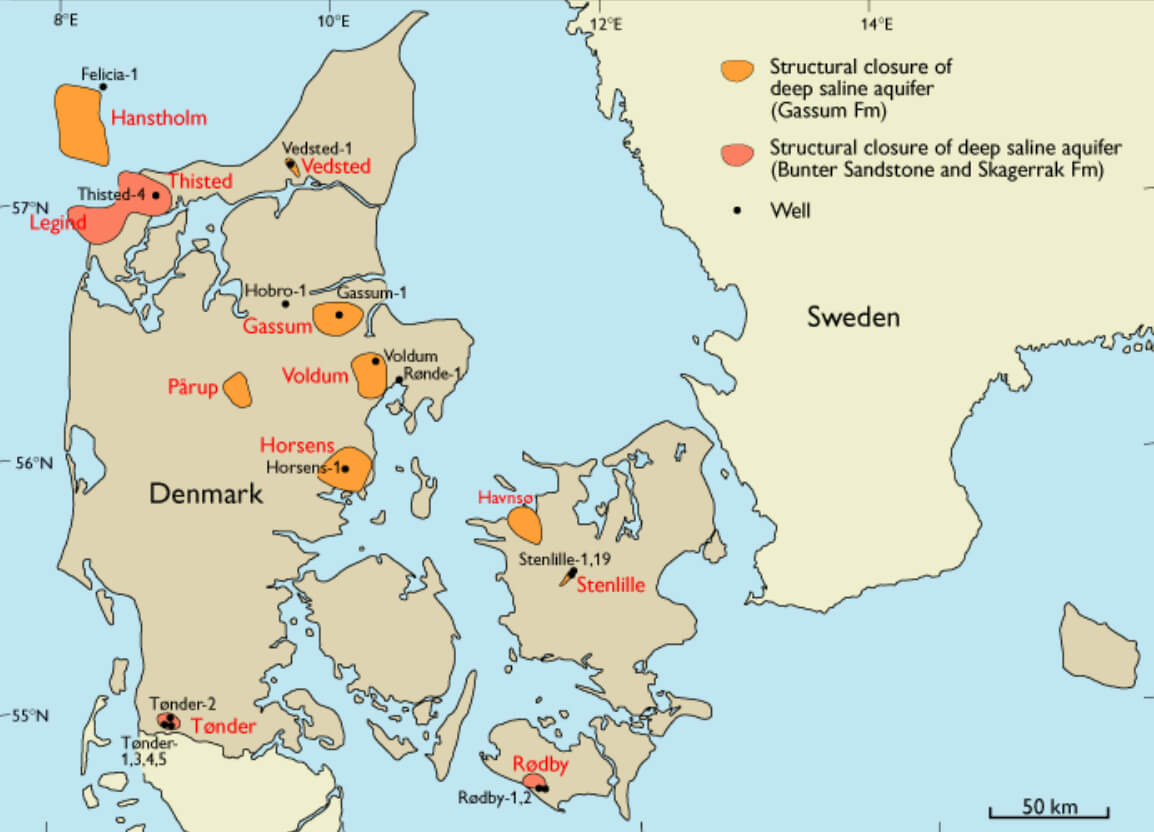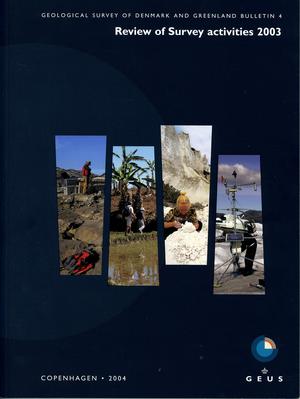
How to Cite
Share
Abstract
GESTCO is an acronym for European potential for the Geological Storage of CO2 from fossil fuel combustion. The project formed part of the ENERGIE Programme of the European Union 5th Framework and was concluded in 2003. The Geological Survey of Denmark and Greenland (GEUS) led the project, with the national geological surveys of Belgium, France, Germany, Greece, the Netherlands, Norway and UK as research partners (Fig. 1). The primary goal of the GESTCO project was to determine whether the geological storage of carbon dioxide captured at large industrial plants is a viable method of reducing greenhouse gas emissions in Europe (Christensen 2000; Gale et al. 2001; Christensen & Holloway 2003). This was evaluated by a series of case studies that assessed the CO2 storage potential of saline aquifers, geothermal reservoirs, coal seams and oil and gas reservoirs. The case study approach was used so that currently available, largely theoretical, generic information could be applied to real geological situations. In addition aspects of safety and environment, conflicts of using underground space and public and stakeholder perception were evaluated. Secondary goals of the GESTCOproject were to establish an inventory of major CO2 point sources in Europe and a Decision Support System (DSS) to serve as an economic analysis tool for CO2 storage in Europe.
How to Cite
Share
Downloads
Editors: Martin Sønderholm & A.K. Higgins
The Review of Survey activities presents a selection of 23 papers reflecting the wide spectrum of activities of the Geological Survey of Denmark and Greenland, from the microbial to the plate tectonic level.
The Survey's activities in Denmark are documented by ten papers. These include discussion of the [...]










